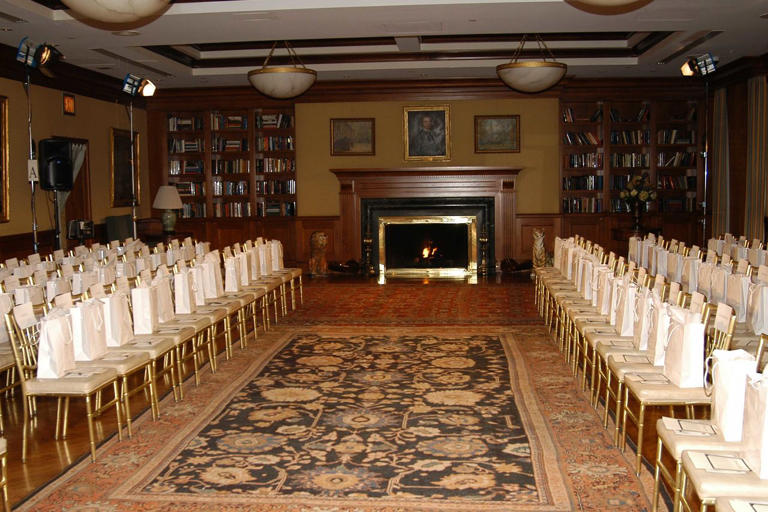The Princeton Club, an iconic fixture in New York City’s social and cultural fabric, faced a tumultuous journey leading to its closure in October 2021. Once renowned as a bastion of Ivy League prestige, the club began grappling with deep-rooted challenges that mirrored broader shifts in societal norms and member expectations.
At its peak, the Princeton Club epitomized exclusivity and tradition, catering primarily to alumni of prestigious universities like Princeton itself. For nearly 160 years, it served as more than just a social hub; it was a sanctuary where Ivy League graduates could network, conduct business discreetly, and enjoy the camaraderie of fellow alumni. However, as societal values evolved and younger generations sought more diverse and inclusive environments, the club found itself increasingly out of step with contemporary preferences.
The decline in membership and financial sustainability became glaringly apparent in the years leading up to its closure. Membership rolls dwindled as younger alumni, less tethered to the club’s historical significance, sought venues that offered modern amenities, relaxed atmospheres, and opportunities for networking that extended beyond traditional boundaries. The club’s aging infrastructure and adherence to formal dress codes further alienated potential members accustomed to more casual, flexible social environments.
Efforts to rejuvenate the Princeton Club through modernization initiatives, such as co-working spaces, sidewalk cafes, and stylish lounges, were indicative of a desperate attempt to appeal to a new demographic. These plans, however, were thwarted when a creditor seized the property, underscoring the financial strain and uncertainty that ultimately led to its closure.
The COVID-19 pandemic exacerbated the club’s challenges, as mandated closures deprived it of crucial revenue from dining, events, and membership fees. Many disillusioned members opted not to renew their memberships, accelerating the club’s financial decline and highlighting its vulnerability in a rapidly changing economic and social landscape.
Beyond financial woes, the Princeton Club and its counterparts faced cultural reckonings. Issues of inclusivity and diversity, underscored by campus activism and broader societal movements, further complicated the clubs’ efforts to maintain relevance. Young alumni, influenced by progressive social movements and attuned to issues of equity and representation, questioned the clubs’ historical exclusivity and homogeneous membership bases.
In response, newer private clubs emerged, offering contemporary amenities and a more inclusive ethos that resonated with younger professionals. Clubs like Casa Cipriani and Soho House became magnets for Ivy League graduates seeking vibrant social scenes, innovative spaces for collaboration, and environments that reflected their diverse backgrounds and interests.
Financially, the Ivy League clubs navigated varying degrees of distress. While stalwarts like the Harvard Club maintained robust memberships and financial stability, others, like the Penn Club and Cornell Club, struggled with deficits and membership attrition. Adjustments to membership criteria and fee structures were implemented in attempts to stabilize finances and attract new, younger members.
Looking ahead, the future of Ivy League clubs in New York City remains uncertain. The challenge lies in balancing tradition with adaptation to meet the evolving expectations of modern alumni. Success will hinge on their ability to innovate while preserving the essence of their storied legacies, ensuring they remain relevant in an increasingly competitive and diverse social landscape.
The story of the Princeton Club serves as a poignant reminder of the evolving dynamics shaping elite social institutions. Whether these clubs can successfully reinvent themselves to appeal to a new generation of Ivy League alumni will determine their enduring place in New York City’s social hierarchy.
